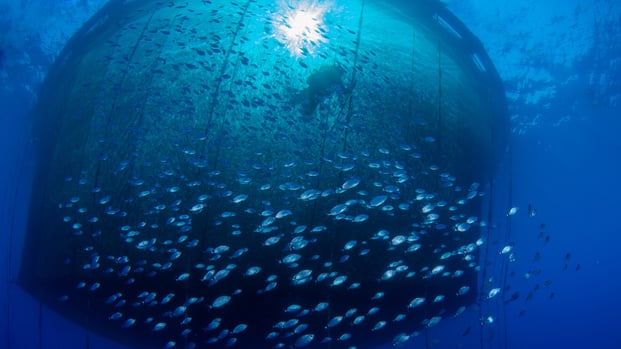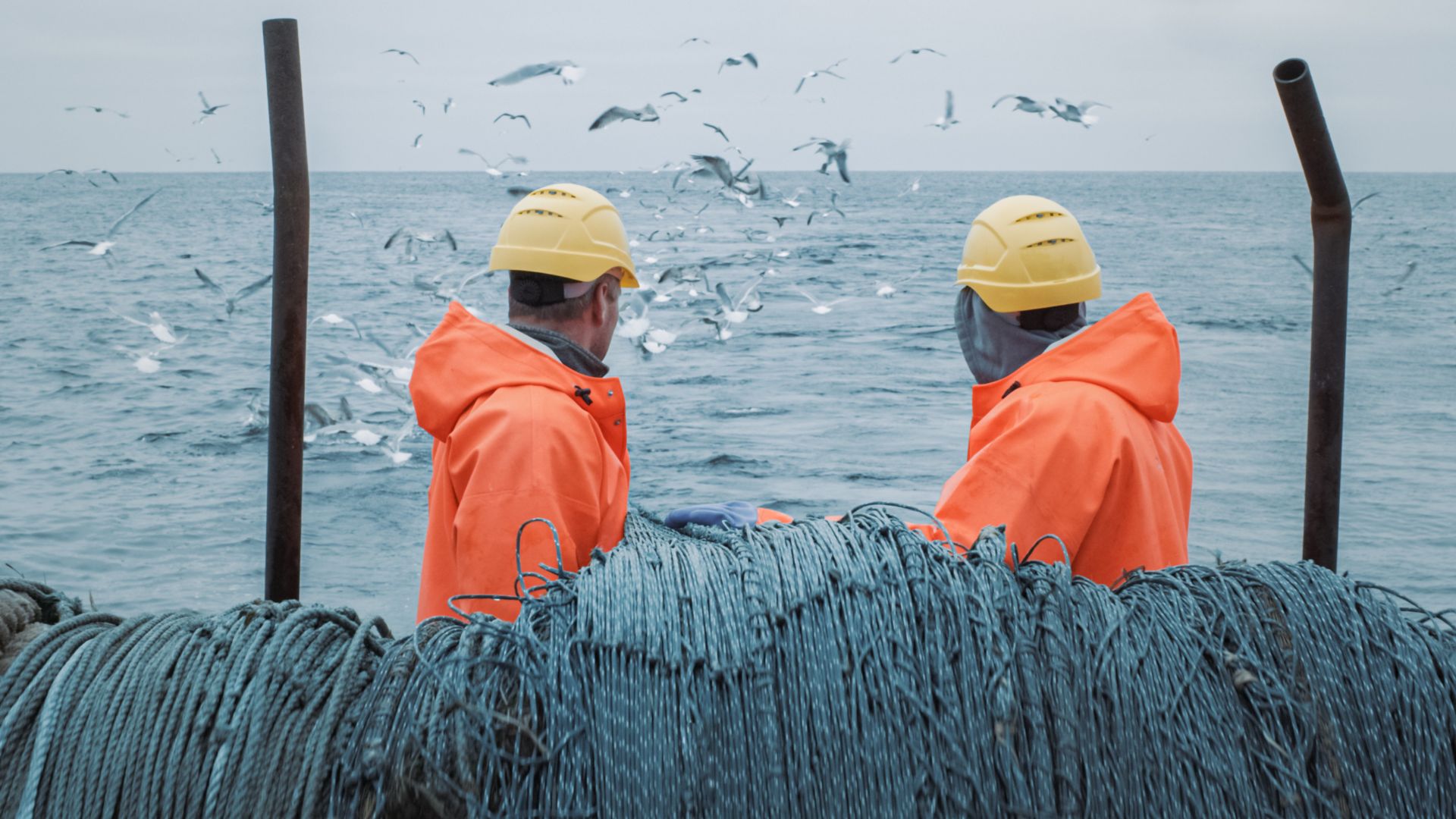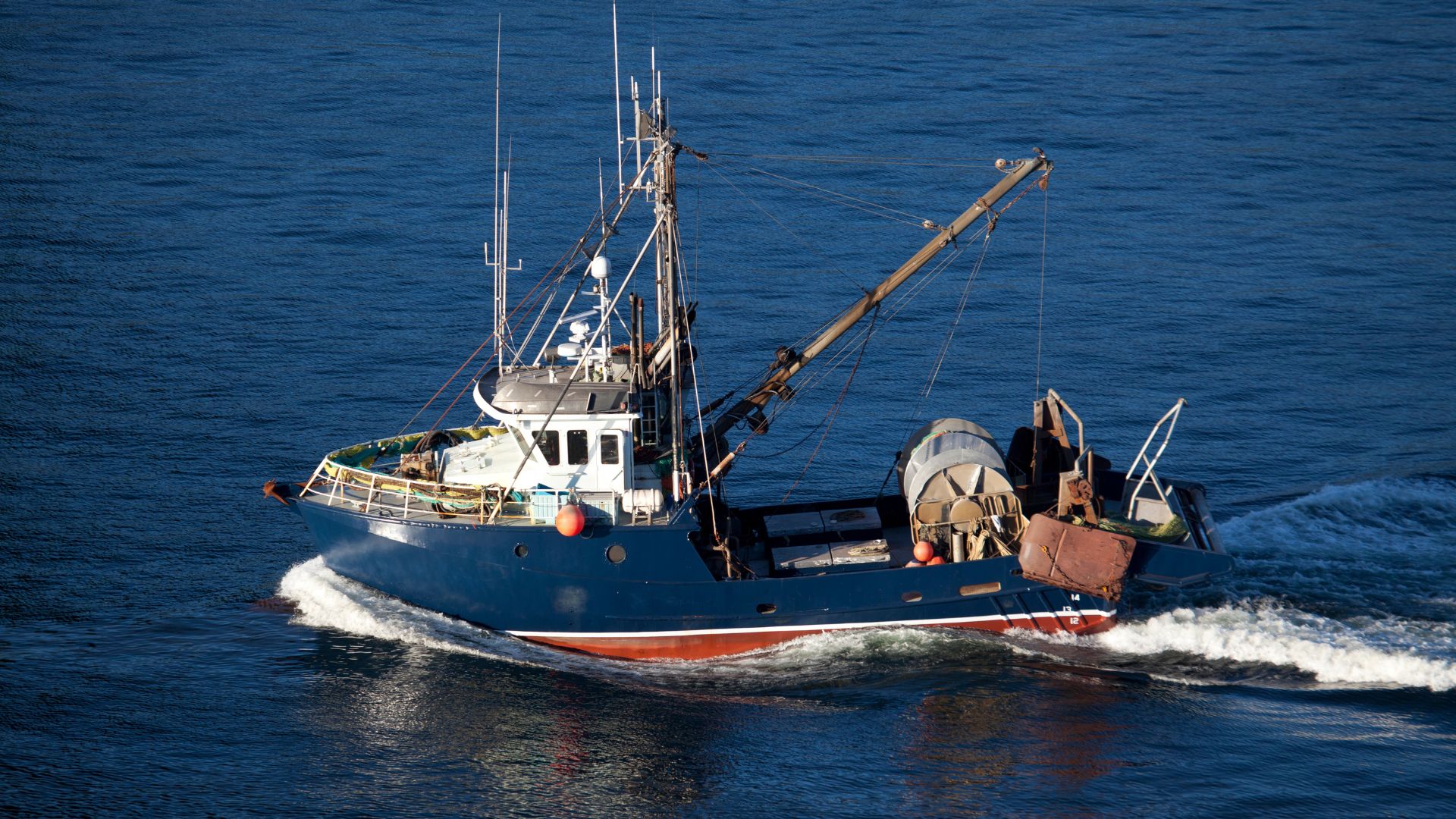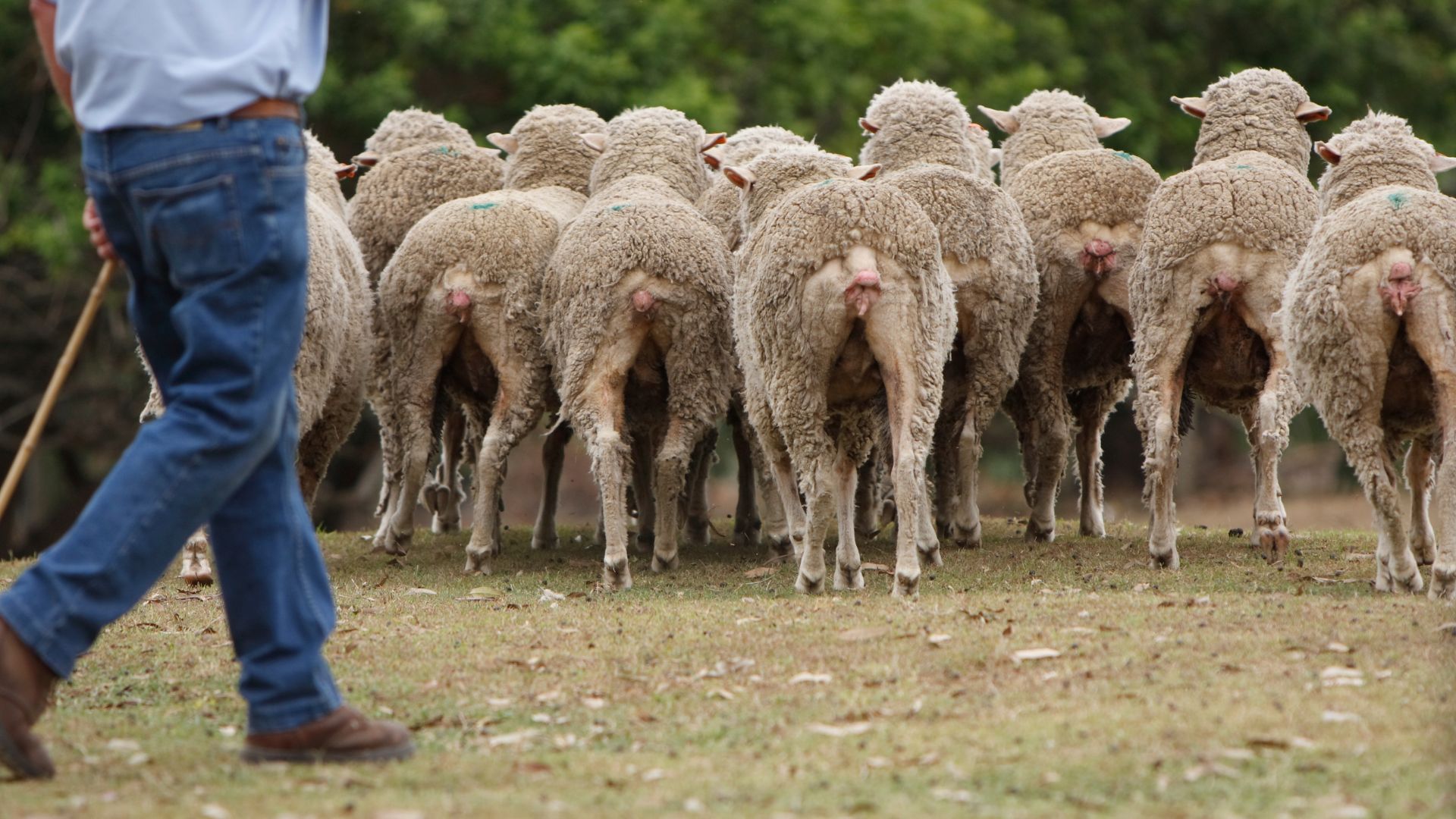Aquaculture and Fishery Connectivity Deep Dive series: The Power of Real-Time Water Monitoring
 Abagael Higgs Feb 16, 2024
Abagael Higgs Feb 16, 2024

Ensuring optimal water conditions in an aquaculture operation is crucial for the health and growth of aquatic life. Parameters like temperature, pH, dissolved oxygen, and salinity need to be within specific ranges to promote healthy growth and prevent disease. Fluctuations in these parameters can be detrimental, making continuous monitoring essential.
Thanks to advancements in connectivity and technology, real-time monitoring of water conditions has become a game-changer, enabling precise and timely management of aquaculture environments.
Real-Time Monitoring
Real-time monitoring systems utilise various sensors submerged in the water. These sensors continuously collect data on critical parameters. The collected data is then transmitted wirelessly to a central office where it is analysed.
Connectivity: The Backbone of Remote Monitoring
The effectiveness of real-time monitoring is heavily reliant on connectivity. Communication technologies, such as IoT, Wi-Fi, and 4G play a critical role. They enable seamless real-time transmission of data from sensors to your team, ensuring that information is current and accessible.
Automated Alerts and Controls
One of the significant advantages of real-time monitoring is the ability to set up automated alerts and controls. When a parameter breaches its desired range, the system can send alerts via Wi-Fi or 4G to operators or even trigger automated systems to adjust conditions, such as activating water aerators or adjusting feed rates.
Benefits of Real-Time Monitoring
- Enhanced Fish/Plant Health and Yield. Maintaining optimal conditions promotes better growth and reduces disease outbreaks.
- Efficiency in Resource Use. Automation and precise control lead to more efficient use of resources like feed and energy.
- Early Warning System. Real-time alerts enable quick response to potential issues, preventing larger problems.
- Data-Driven Decisions. Continuous data collection provides insights for better management and improvement strategies.
Challenges and Considerations
Reliable connectivity is a significant challenge for many aquaculture operations as they often fall outside the footprint of mobile coverage, making remote-monitoring unfeasible.
With advancements in connectivity technology such as Satellite IOT systems, Satellite on the move, and portable coverage extenders these challenges can be overcome connecting remote and isolated aquaculture operations whether onshore or offshore. Connected Farms offers Wi-Fi, IoT, and Satellite options for aquaculture businesses so you can connect your operation and unlock remote monitoring plus more, such as make phone calls, use data, connect your staff!
Conclusion
By harnessing the power of connectivity and technology, aquaculture operations can achieve higher efficiency, better yields, and sustainable practices. As technology continues to advance, the potential for further innovation in this field remains vast and promising.
Please reach out to the team for more information on the connectivity, Wi-Fi, IoT, and satellite solutions we have available for aquaculture operations.
About Connected Farms
Connected Farms is dedicated to providing reliable and appropriate connectivity solutions to the agriculture sector. Located in Regional NSW, Regional South Canterbury NZ, Regional Scotland UK our mission is to connect farmers, agribusinesses, and fisheries to enable digital agriculture, enhancing productivity, safety, and sustainability in farming operations across Australia, New Zealand, and the UK. For more information visit www.connectedfarms.co
Related Articles
Aquaculture and Fishery Connectivity Deep Dive series: Connected Staff.
Isolation for aquaculture and fishery operations isn't just a physical challenge—it can also be a barrier to safety, wellbeing, and operational ...
Aquaculture and Fishery Connectivity Deep Dive series: Digital tools and smart boats
Digital Technology and precision techniques have swept their way through most industries and sectors, however, globally the fishing and aquaculture ...
Dairy and Livestock Connectivity Deep Dive series: Connected Staff
Isolation for dairy and livestock farms isn't just a physical challenge—it can also be a barrier to safety, wellbeing, and operational efficiency. ...





